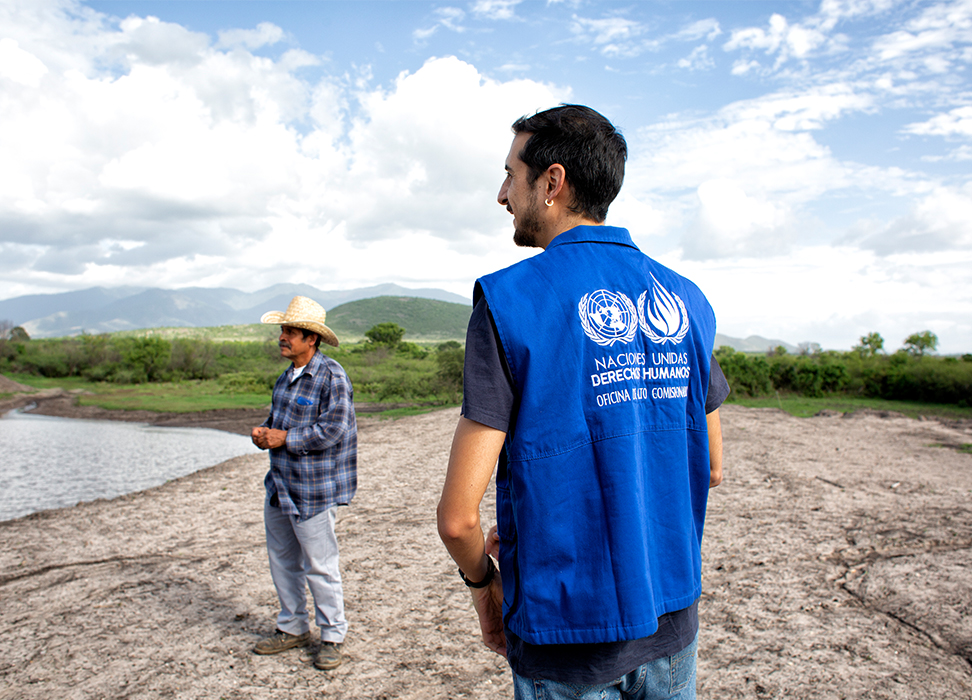
Ten thousand years after woolly mammoths vanished from the face of the Earth, scientists are embarking on an ambitious project to bring the beasts back to the Arctic tundra.
The prospect of recreating mammoths and returning them to the wild has been discussed – seriously at times – for more than a decade, but on Monday researchers announced fresh funding they believe could make their dream a reality.
The boost comes in the form of $15m (£11m) raised by the bioscience and genetics company Colossal, co-founded by Ben Lamm, a tech and software entrepreneur, and George Church, a professor of genetics at Harvard Medical School who has pioneered new approaches to gene editing.
The scientists have set their initial sights on creating an elephant-mammoth hybrid by making embryos in the laboratory that carry mammoth DNA. The starting point for the project involves taking skin cells from Asian elephants, which are threatened with extinction, and reprogramming them into more versatile stem cells that carry mammoth DNA. The particular genes that are responsible for mammoth hair, insulating fat layers and other cold climate adaptions are identified by comparing mammoth genomes extracted from animals recovered from the permafrost with those from the related Asian elephants.
These embryos would then be carried to term in a surrogate mother or potentially in an artificial womb. If all goes to plan – and the hurdles are far from trivial – the researchers hope to have their first set of calves in six years.
“Our goal is to make a cold-resistant elephant, but it is going to look and behave like a mammoth. Not because we are trying to trick anybody, but because we want something that is functionally equivalent to the mammoth, that will enjoy its time at -40C, and do all the things that elephants and mammoths do, in particular knocking down trees,” Church told the Guardian.
The project is framed as an effort to help conserve Asian elephants by equipping them with traits that allow them to thrive in vast stretches of the Arctic known as the mammoth steppe. But the scientists also believe introducing herds of elephant-mammoth hybrids to the Arctic tundra may help restore the degraded habitat and combat some of the impacts of the climate crisis. For example, by knocking down trees, the beasts might help to restore the former Arctic grasslands.
Not all scientists suspect that creating mammoth-like animals in the lab is the most effective way to restore the tundra. “My personal thinking is that the justifications given – the idea that you could geoengineer the Arctic environment using a heard of mammoths – isn’t plausible,” said Dr Victoria Herridge, an evolutionary biologist at the Natural History Museum.
“The scale at which you’d have to do this experiment is enormous. You are talking about hundreds of thousands of mammoths which each take 22 months to gestate and 30 years to grow to maturity.”
Lamm said: “Our goal isn’t just to bring back the mammoth, but to bring back interbreedable herds that are successfully rewilded back into the Arctic region.”
Whether Asian elephants would want to breed with the hybrids is, for now, unknown. “We might have to give them a little shave,” said Church.
Gareth Phoenix, a professor of plant and global change ecology at the University of Sheffield, said: “While we do need a multitude of different approaches to stop climate change, we also need to initiate solutions responsibly to avoid unintended damaging consequences. That’s a huge challenge in the vast Arctic where you have different ecosystems existing under different environmental conditions.
“For instance, mammoths are proposed as a solution to help stop permafrost thaw because they will remove trees, trample and compact the ground and convert landscapes to grassland, which can help keep the ground cool. However, we know in the forested Arctic regions that trees and moss cover can be critical in protecting permafrost, so removing the trees and trampling the moss would be the last thing you’d want to do.”












